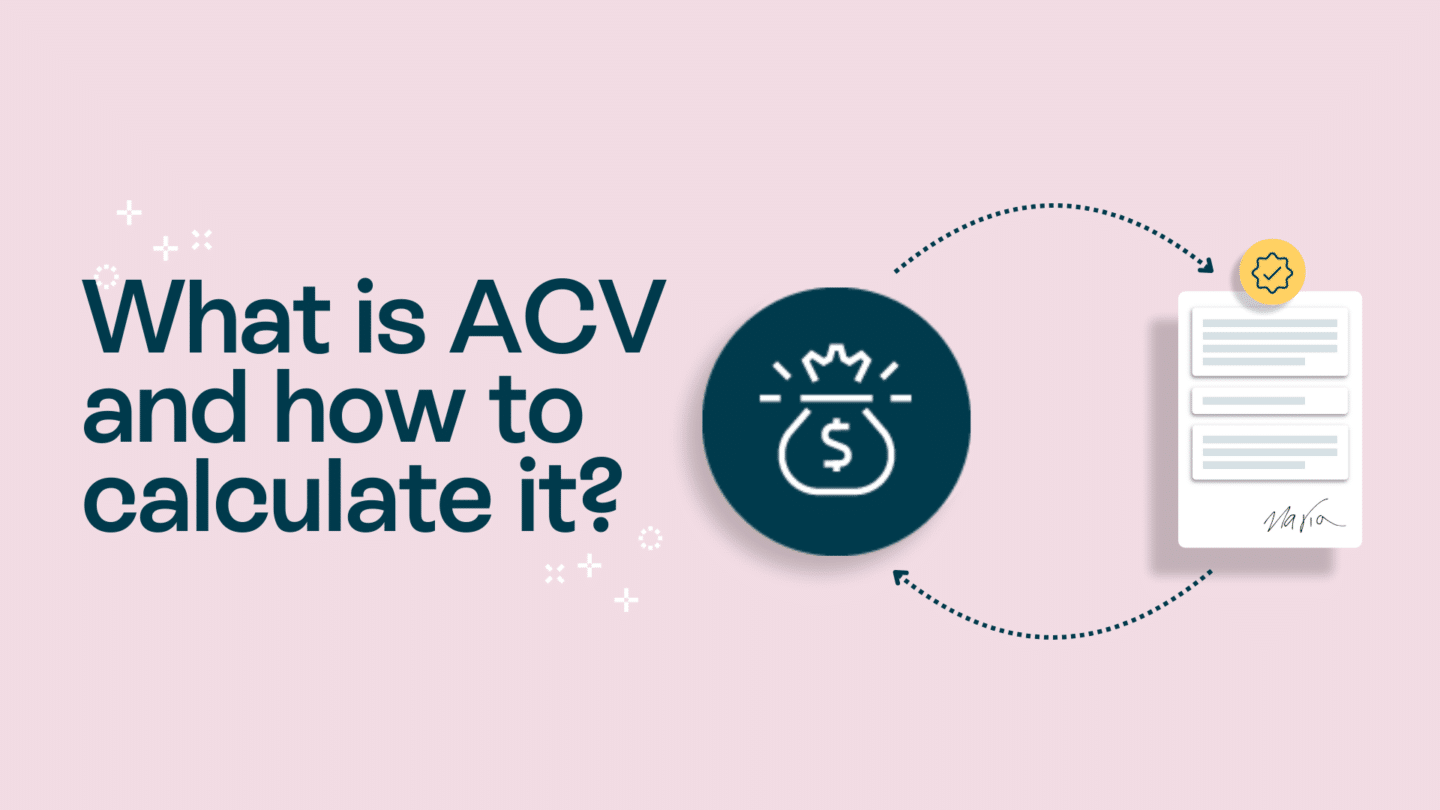Contracts can be a tricky business. When it comes to the law, there’s no room for error. That’s why it’s important to understand the contract mirror image rule. In this article, we’ll take a look at all things contract law, and dive deep into the concept and application of the mirror image rule. So, let’s get started!
Introduction to contract law
Before we can fully appreciate the rule, let’s take a moment to understand the importance of contract law. Contracts are the foundation of business transactions and serve as legally binding agreements between parties. They establish rights, obligations, and provide a framework for resolving disputes. In simpler terms, contracts make the world go round!
The importance of contract law
Contract law ensures that parties involved in an agreement are held accountable for their promises. It provides a level playing field for business negotiations and fosters trust between parties. Basically, laws governing contracts ensure that everyone is upholding their end of the bargain.
Basic principles of contract law
Before diving into the this rule, let’s touch upon some basic principles of contract law. For a contract to be valid, there must be an offer, acceptance, consideration, and an intention to create legal relations. In other words, both parties must agree on all the essential terms of the contract, and there needs to be something of value exchanged.
However, even with these principles in place, disputes can still arise. That’s where the mirror image rule comes into play.
Read also: What is contract management: A complete guide

Defining the mirror image rule
This rule is a fundamental concept in contract law. It states that an acceptance to an offer must be an exact mirror image of the original offer. In simpler terms, the terms of the acceptance must match the terms of the offer entirely. No funny business, no hidden clauses.
Understanding the concept of this rule
This rule ensures that the offeree (the one accepting the offer) accepts the terms of the offer as they were presented. It’s like looking into a mirror and seeing an exact reflection of yourself – no distortions, no alterations.
Think of it as a way to prevent sneaky individuals from accepting an offer while secretly introducing new terms that would benefit them.
Application of the mirror image rule
So when exactly is the rule applied? Excellent question! Let’s break it down.
When is the mirror image rule applied?
The mirror image rule is most commonly applied to situations where there is a clear offer and acceptance, without any additional conditions or modifications. If both parties are in total agreement and the acceptance is a precise replica of the offer, then that’s the rule in action.
Exceptions to the mirror image rule
However, just like with any rule, there are exceptions. The mirror image rule can be set aside in specific circumstances. For example, if the parties have a course of dealing or a prior history of accepting non-mirror image acceptances, that may override the strict application of the rule. Additionally, if both parties introduce additional terms during negotiations and continue with the transaction, those additional terms may become part of the contract.
Read also: Why contract reviews are essential for your business

Case studies illustrating the mirror image rule
Let’s delve into some juicy case studies that further illuminate the mirror image rule.
Case study 1: A clear application of the rule
In this case, two parties, enter negotiations for the purchase of a vintage typewriter. One person offers to sell it for €200; the other accepts. The seller receives the acceptance and confirms the sale. Just like that, the mirror image rule is satisfied, the typewriter changes hands, and all parties are happy.
Case study 2: An exception to the rule
But it’s not always a straightforward journey with the mirror image rule. In this case, let’s say someone offers to sell a rare comic book t for $500. The buyer accepts the offer but adds a condition stating that the seller must also throw in strips for the typewriter. The seller accepts the buyer’s modified acceptance. In this instance, the mirror image rule is put on hold as both parties have deviated from the original terms. The contract is still valid, but with the added condition.
Things like this are common in contract law.
Read also: Save time with these free business template from Oneflow

The mirror image rule vs modern contract law
Now that we’ve explored the ins and outs of the mirror image rule, let’s now look at its place in contract law.
The impact of technology on the mirror image rule
With the rise of technology, the way we enter into contracts has undergone a dramatic transformation. Email, electronic signatures, and online platforms have become the preferred methods for making offers and accepting contracts. But how does this impact this rule?
Well, thanks to the wonders of technology, contracts can be drafted and negotiated with lightning speed. However, this speed can also lead to mistakes or unintended discrepancies in the terms. As a result, many jurisdictions have adapted this rule to allow for minor variations in electronic communications. After all, a stray comma or typo shouldn’t render a contract invalid!
The key takeaways
As we continue hurtling towards an increasingly interconnected and digitised world, the role of this rule is sure to evolve. It may undergo further adaptations to accommodate the unique challenges and complexities of our modern society. But until then, the mirror image rule remains a cornerstone of contract law.
Contracts may be complex, but with a solid understanding of the mirror image rule, you’re one step closer to mastering the art of legally rock-solid agreements.







